The Quick Brown Fox Jumps Over The Lazy Dog
26 February – 28 March 2015
February 26, 2015 6-9 pm
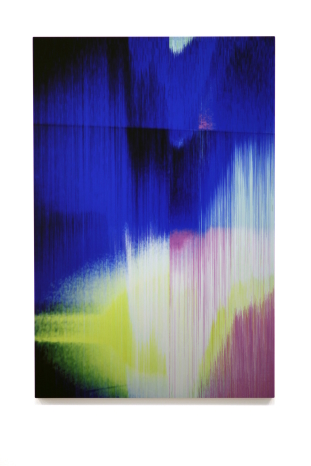
James Hoff
Stuxnet No. 14, 2015 Chromaluxe transfer on aluminum, 76 x 50 cm
Stuxnet No. 14, 2015 Chromaluxe transfer on aluminum, 76 x 50 cm
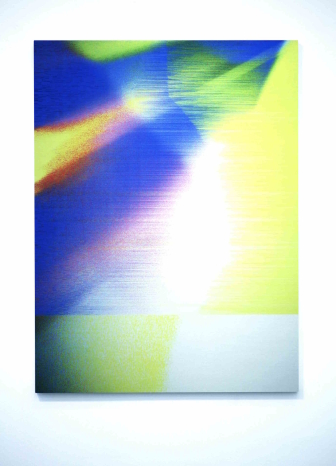
James Hoff
Stuxnet No. 12, 2015 Chromaluxe transfer on aluminum , 101 x 76 cm
Stuxnet No. 12, 2015 Chromaluxe transfer on aluminum , 101 x 76 cm
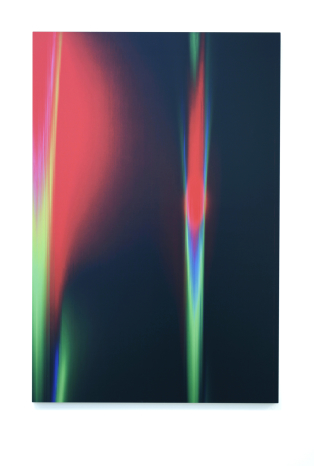
James Hoff
Stuxnet No. 15, 2015 Chromaluxe transfer on aluminum, 91 x 60 cm
Stuxnet No. 15, 2015 Chromaluxe transfer on aluminum, 91 x 60 cm
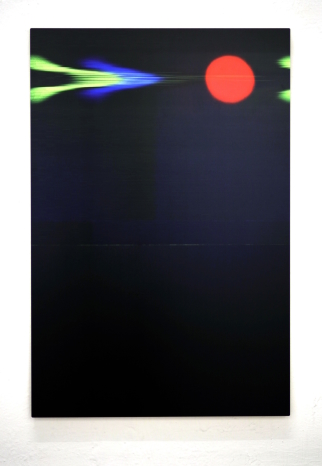
James Hoff
Stuxnet No. 11, 2015 Chromaluxe transfer on aluminum, 60 x 40 cm
Stuxnet No. 11, 2015 Chromaluxe transfer on aluminum, 60 x 40 cm
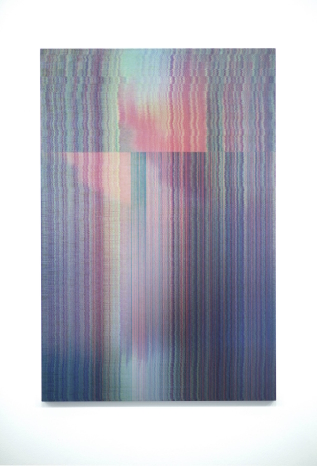
James Hoff
Skywiper No. 32, 2015 Chromaluxe transfer on aluminum , 91 x 60 cm
Skywiper No. 32, 2015 Chromaluxe transfer on aluminum , 91 x 60 cm
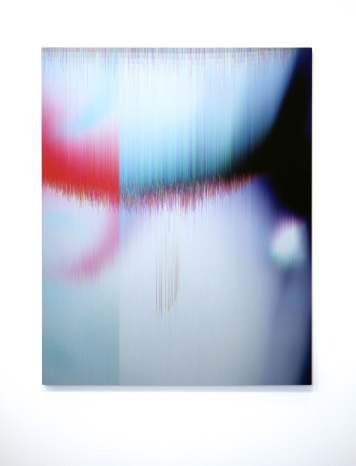
James Hoff
Skywiper No. 29, 2015 Chromaluxe transfer on aluminum, 76 x 60 cm
Skywiper No. 29, 2015 Chromaluxe transfer on aluminum, 76 x 60 cm
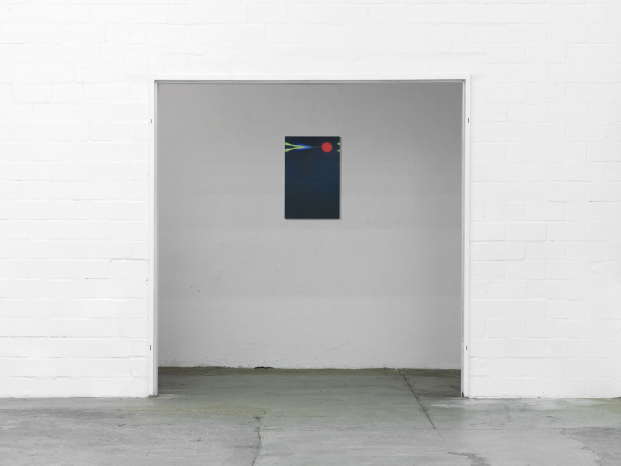
James Hoff, "The Quick Brown Fox Jumps Over the Lazy Dog"
Installation view at Supportico Lopez, Berlin 2015
Installation view at Supportico Lopez, Berlin 2015
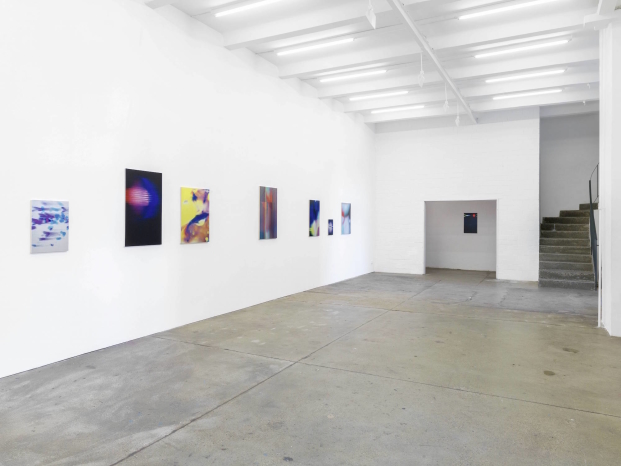
James Hoff, "The Quick Brown Fox Jumps Over the Lazy Dog"
Installation view at Supportico Lopez, Berlin 2015
Installation view at Supportico Lopez, Berlin 2015
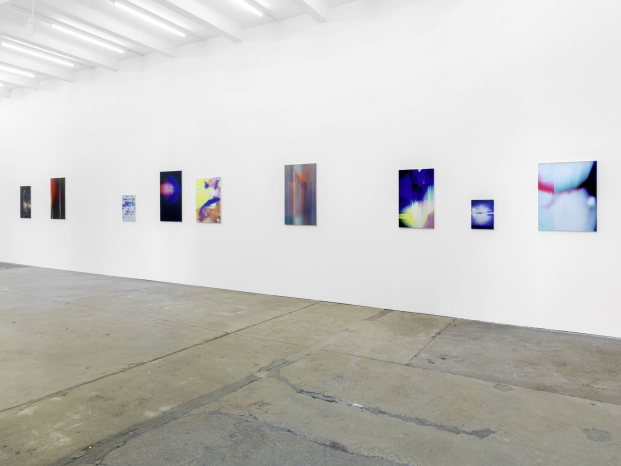
James Hoff, "The Quick Brown Fox Jumps Over the Lazy Dog"
Installation view at Supportico Lopez, Berlin 2015
Installation view at Supportico Lopez, Berlin 2015
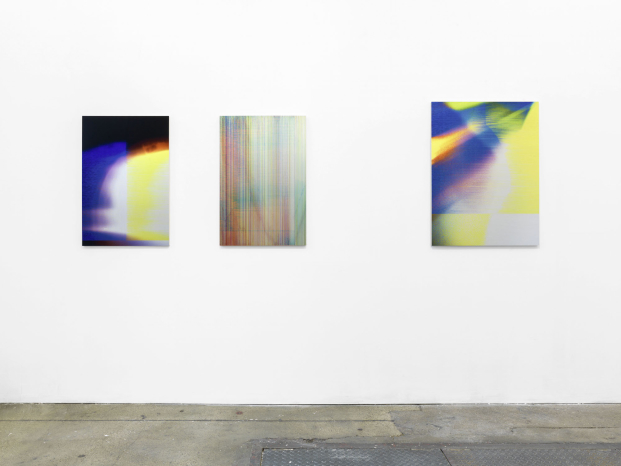
James Hoff, "The Quick Brown Fox Jumps Over the Lazy Dog"
Installation view at Supportico Lopez, Berlin 2015
Installation view at Supportico Lopez, Berlin 2015
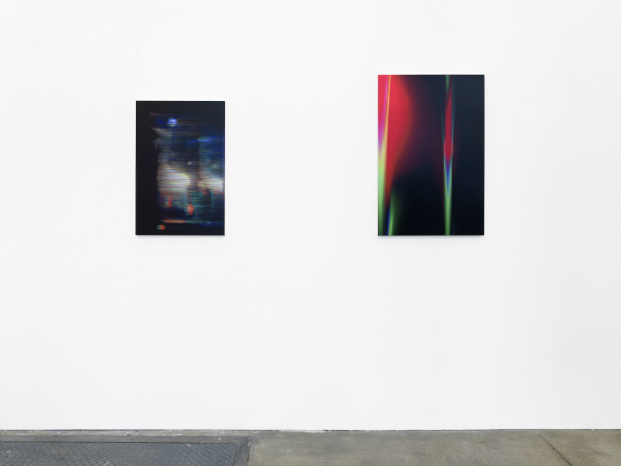
James Hoff, "The Quick Brown Fox Jumps Over the Lazy Dog"
Installation view at Supportico Lopez, Berlin 2015
Installation view at Supportico Lopez, Berlin 2015
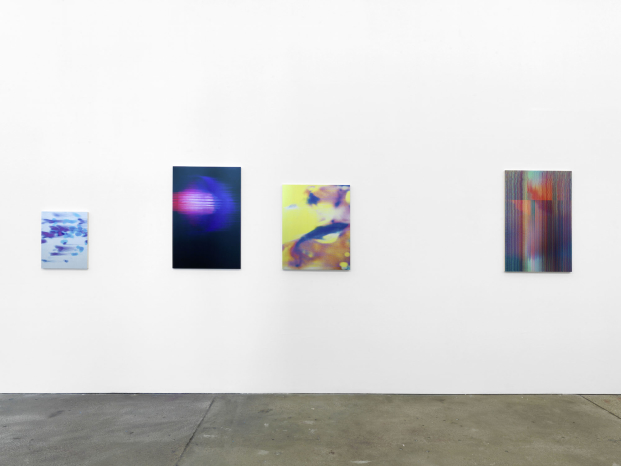
James Hoff, "The Quick Brown Fox Jumps Over the Lazy Dog"
Installation view at Supportico Lopez, Berlin 2015
Installation view at Supportico Lopez, Berlin 2015
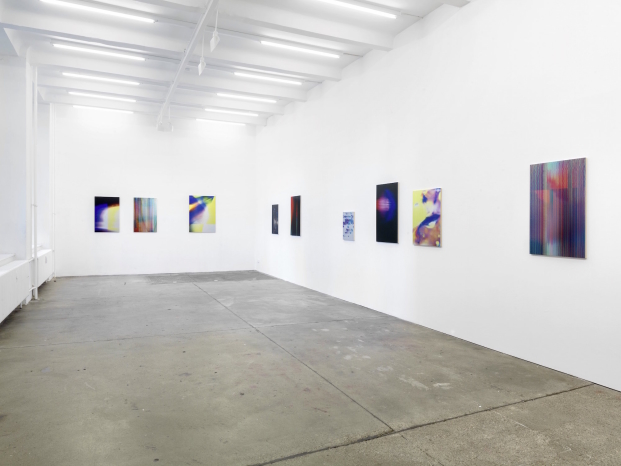
James Hoff, "The Quick Brown Fox Jumps Over the Lazy Dog"
Installation view at Supportico Lopez, Berlin 2015
Installation view at Supportico Lopez, Berlin 2015
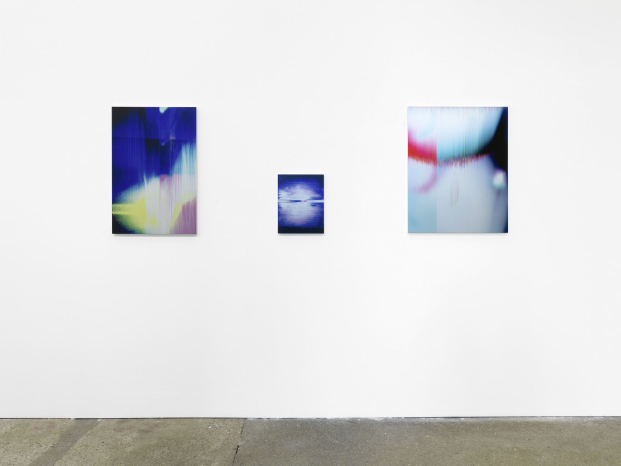
James Hoff, "The Quick Brown Fox Jumps Over the Lazy Dog"
Installation view at Supportico Lopez, Berlin 2015
Installation view at Supportico Lopez, Berlin 2015
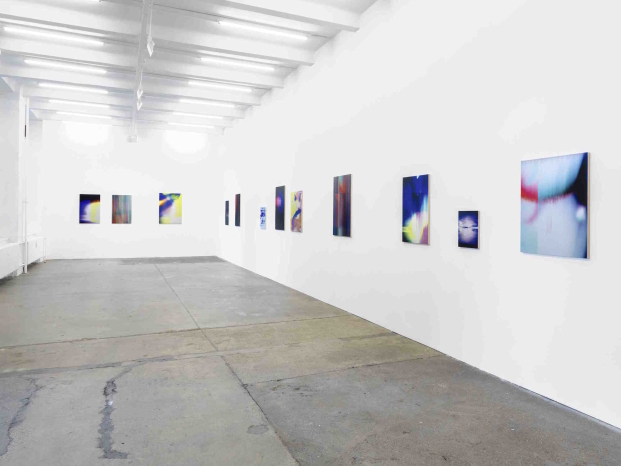
James Hoff, "The Quick Brown Fox Jumps Over the Lazy Dog"
Installation view at Supportico Lopez, Berlin 2015
Installation view at Supportico Lopez, Berlin 2015